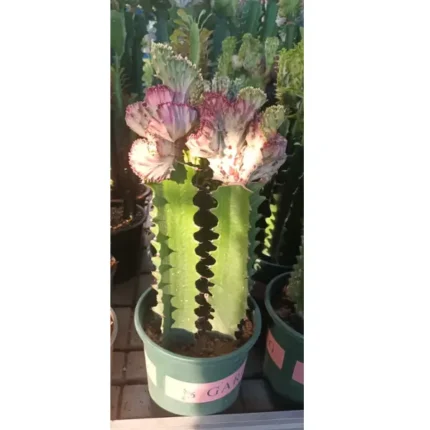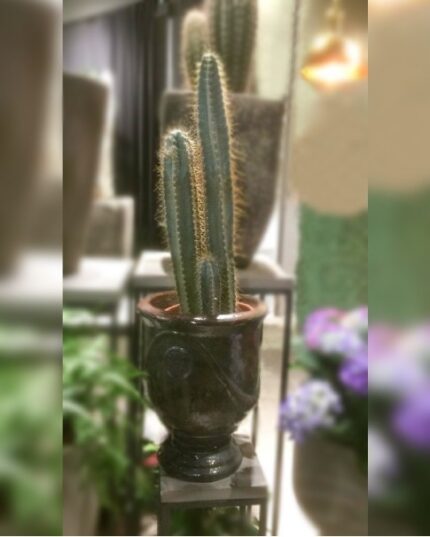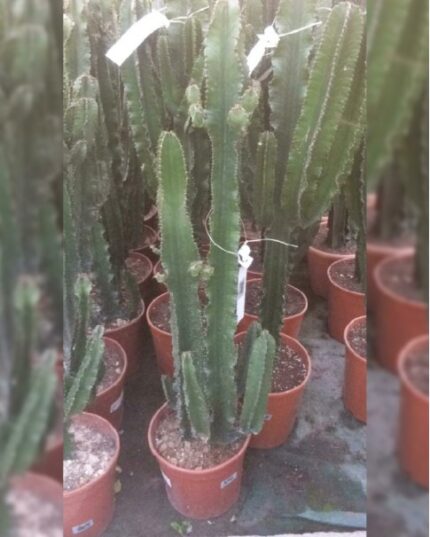Cactus
The cactus is an extraordinary and hardy succulent, renowned for its distinct appearance and its ability to thrive in arid environments. Its thick, fleshy stems adorned with spines or thorns are a clever adaptation for conserving water and surviving in the challenging conditions of deserts. These distinctive plants exist in a vast array of shapes and sizes, ranging from the towering saguaro cactus to the charming and diminutive prickly pears. Beyond their survival mechanisms, cactus are also admired for their resilience and are beloved as popular houseplants, imparting a touch of natural beauty and minimalist elegance to homes and gardens alike. With their minimal care needs and iconic silhouette, cactus symbolize endurance and remain a favored choice for both beginner and seasoned plant enthusiasts.
Planting & Care
Light: Most cactus need at least 6 hours of direct sunlight each day to thrive. However, some varieties, such as the Christmas cactus, prefer partial shade or filtered light.
Water: Cactus should be watered when the soil is dry to the touch. During the spring and summer, cactus may need to be watered once a week or more and in winter, cactus need less water and may only need to be watered every few weeks. Try to avoid overwatering.
Fertilizer: Select a well-balanced, water-soluble fertilizer specially created for cacti and succulents, and check for an appropriate N-P-K (Nitrogen-Phosphorus-Potassium) ratio. Provide fertilization to your cactus approximately every 4-6 weeks when it’s in the active growth phase. Be cautious about excessive or frequent feeding, as this can result in overly rapid growth and diminished resilience.
Temperature: The temperature requirement for cactus plants varies depending on the species. However, most cacti prefer warm temperatures between 65 and 90 ° F.
Potting: Opt for a cactus mix with good drainage properties, or concoct your own by blending potting soil with sand or perlite. The aim is to produce a soil mixture that facilitates rapid water passage, thus safeguarding against the risk of roots becoming waterlogged. When selecting containers, ensure they have proper drainage holes at the base.
Pruning: Check the root system for any signs of rot or overcrowding. Trim away any damaged or excessively long roots to encourage a balanced root-to-foliage ratio.

















